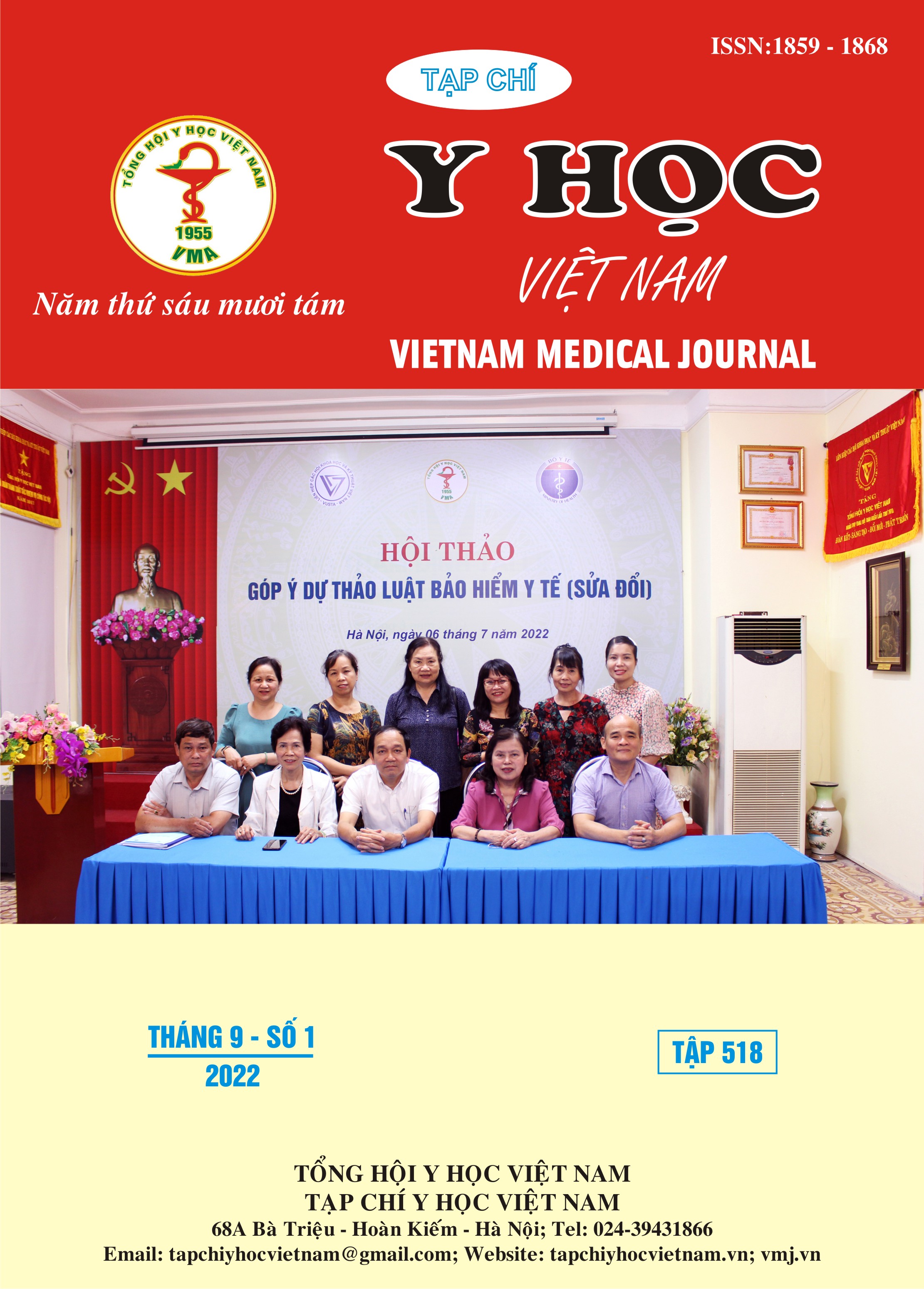PREFERRED LEARNING STYLES OF NURSING STUDENTS AT HO CHI MINH CITY UNIVERSITY OF MEDICINE AND PHARMACY: A DESCRIPTIVE CROSS-SECTIONAL STUDY
Main Article Content
Abstract
Objectives: Determine the mean score of preferred learning styles of nursing students at the University of Medicine and Pharmacy in Ho Chi Minh City according to the scale of Peter Honey and Alan Mumford. Methods: A descriptive cross-sectional study was conducted on 116 final year nursing students at the University of Medicine and Pharmacy in Ho Chi Minh City. The study used that scale to assess the learning style according to Peter Honey and Alan Mumford, including 80 sentences translated from English to Vietnamese and back-translated from Vietnamese to English to check language similarities. The students participated in the study by filling out the online questionnaire themselves. There are 4 types of learning including action, observation, reasoning and experiment, each type is assessed through 20 questions, in which each question is 1 score. The statistics used in the study include Fisher's exact test, Chi-squared test, T-test and Mann Whitney. The difference was statistically significant with α<0.05. Results: The majority of students participating in the study were at the age of 21 (84.5%), more female than male (88.8%). Study results show that the reflective learning style is the most preferred by students regardless of whether they are male or female. The next learning style chosen by the students was the theoretical one and the pragmatic one, while the action type with the least number of scores was chosen. The students with average or good academic performance in the latest semester preferred the action learning style more than the students with good or excellent academic performance (p<0.05). The group of students having part-time jobs preferred the action and pragmatic learning styles more than the group of students who did not work part-time (p<0.05). Conclusion: University management and faculty need to develop teaching methods and strategies that match the learning styles that students enjoy in order to motivate and improve student learning outcomes.
Article Details
Keywords
Learning style, observation, nursing students
References
2. Honey P, Mumford A, (2000). The Learning Styles Questionnaire 80-item version. Peter Honey Publications Limited, Berks.
3. Alharbi HA, Almutairi AF, Alhelih E M, Alshehry AS (2017). The learning preferences among nursing students in the King Saud University in Saudi Arabia: a cross-sectional survey. Nursing research and practice, 2017, 1-7, https://doi.org/10.1155/2017/3090387
4. Bhalli MA, Khan IA, Sattar A. Learning style of medical students and its correlation with preferred teaching methodologies and academic achievement. Journal of Ayub Medical College Abbottabad, 2016; 27(4), 837-842.
5. Fleming S, Mckee G, Huntley-Moore S. Undergraduate nursing students' learning styles: A longitudinal study. Nurse education today, 2011; 31(5), 444-449.
6. Valley K. Learning styles and courseware design. Assoc Learn Tech J 1997;5:42–51.
7. Rassool GH, Rawaf S. Learning style preferences of undergraduate nursing students Nursing Standard, 2007; 21 (32), pp. 35–41.
8. Zapalska AM, Dabb H. Learning styles. Journal of Teaching in International Business, 2002; 13(3-4), 77 -97.


